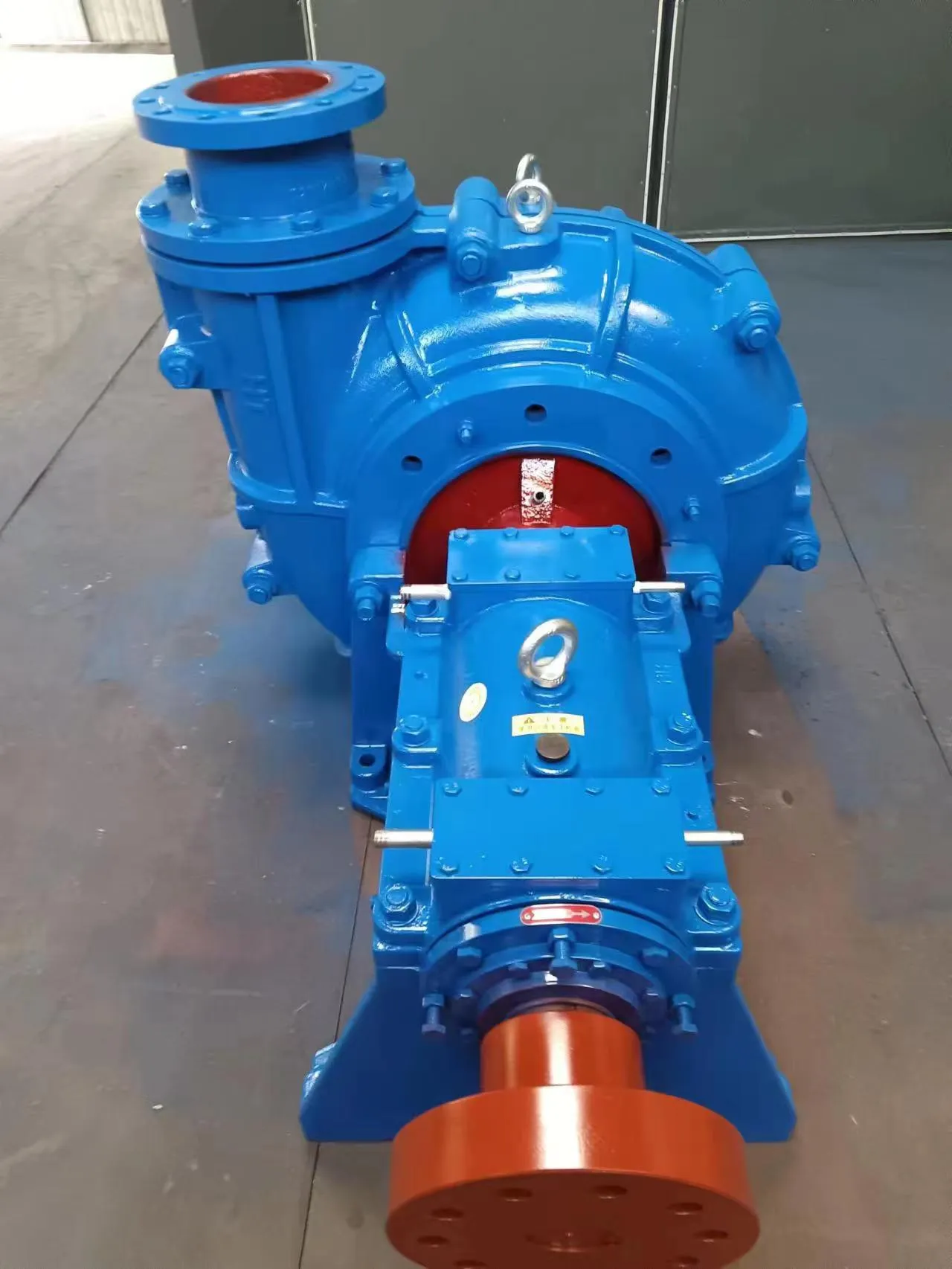English
- Afrikaans
- Albanian
- Amharic
- Arabic
- Armenian
- Azerbaijani
- Basque
- Belarusian
- Bengali
- Bosnian
- Bulgarian
- Catalan
- Cebuano
- Corsican
- Croatian
- Czech
- Danish
- Dutch
- English
- Esperanto
- Estonian
- Finnish
- French
- Frisian
- Galician
- Georgian
- German
- Greek
- Gujarati
- Haitian Creole
- hausa
- hawaiian
- Hebrew
- Hindi
- Miao
- Hungarian
- Icelandic
- igbo
- Indonesian
- irish
- Italian
- Japanese
- Javanese
- Kannada
- kazakh
- Khmer
- Rwandese
- Korean
- Kurdish
- Kyrgyz
- Lao
- Latin
- Latvian
- Lithuanian
- Luxembourgish
- Macedonian
- Malgashi
- Malay
- Malayalam
- Maltese
- Maori
- Marathi
- Mongolian
- Myanmar
- Nepali
- Norwegian
- Norwegian
- Occitan
- Pashto
- Persian
- Polish
- Portuguese
- Punjabi
- Romanian
- Russian
- Samoan
- Scottish Gaelic
- Serbian
- Sesotho
- Shona
- Sindhi
- Sinhala
- Slovak
- Slovenian
- Somali
- Spanish
- Sundanese
- Swahili
- Swedish
- Tagalog
- Tajik
- Tamil
- Tatar
- Telugu
- Thai
- Turkish
- Turkmen
- Ukrainian
- Urdu
- Uighur
- Uzbek
- Vietnamese
- Welsh
- Bantu
- Yiddish
- Yoruba
- Zulu
Telephone: +86 13120555503
Email: frank@cypump.com
Nov . 09, 2024 10:59 Back to list
Optimizing Performance of Series-Connected Slurry Pumps for Enhanced Efficiency and Reliability
The Efficiency and Applications of Slurry Pumps in Series
In industrial processes where the transportation of viscous and abrasive materials is a vital concern, slurry pumps play an essential role. These specialized pumps are designed to handle mixtures of liquids and solids, often employed in sectors like mining, construction, and wastewater management. One of the effective methods of enhancing the performance of slurry pumps is deploying them in series. This article explores the operational dynamics, advantages, and applications of using slurry pumps in series.
Understanding Slurry Pumps
Before delving into the benefits of using slurry pumps in series, it’s important to understand the nature of slurry pumps themselves. Unlike traditional pumps, which are typically designed for clean liquids, slurry pumps are engineered to handle higher concentrations of solids. This includes materials such as sand, gravel, calcium, and coal. Their design incorporates robust materials and specialized components to resist the abrasive nature of the transported slurry.
Why Use Slurry Pumps in Series?
When dealing with high-viscosity or densely concentrated slurries, a single pump may not suffice for optimal performance. Slurry pumps in series configuration allow for greater efficiency in managing high flow rates and head pressures. In a series setup, multiple pumps are connected sequentially, where the discharge of one pump feeds into the intake of the next. This arrangement amplifies the system's overall pressure and flow capacity, making it suitable for transporting slurries over long distances or to significant height elevations.
Advantages of Series Configuration
1. Increased Head and Pressure By connecting pumps in series, the total dynamic head can be significantly increased. This is particularly beneficial for systems that require material to be pumped from lower to higher elevations or over long distances against the force of gravity.
2. Enhanced Flow Rate Management Series configuration allows for the accommodation of larger flow rates without the need for excessively large single pumps. This modular approach can simplify maintenance, as individual pumps can be serviced without interrupting the entire operation.
3. Improved System Redundancy In a series system, if one pump fails, the other pumps can potentially compensate, reducing downtime and maintaining system reliability. This is crucial in applications where uninterrupted flow is critical.
slurry pumps in series

4. Energy Efficiency Utilizing multiple smaller pumps can be more energy-efficient than one large pump, especially if it allows for better operating conditions where pumps can function at their best efficiency point.
Applications of Series Slurry Pumps
Slurry pumps in series configurations find extensive applications across various industries
- Mining In mining operations, where mineral ore must be transported over significant distances or lifted to processing facilities, series pumps effectively handle the dense slurries produced during extraction and processing.
- Construction In construction, especially for site dewatering or in foundation work, series slurry pumps can efficiently remove water mixed with sediment and debris, keeping job sites safe and operational.
- Wastewater Treatment In municipal and industrial wastewater treatment, slurry pumps are essential in moving sludge and effluent through various stages of treatment, often necessitating a series configuration to manage the varying densities of waste material.
- Chemical Processing Some chemical processes generate highly viscous and abrasive slurries. Using series slurry pumps ensures that these materials are transported safely and efficiently through different processing stages.
Conclusion
The use of slurry pumps in series offers a myriad of advantages, particularly in terms of efficiency, effectiveness, and reliability in transferring abrasive and viscous materials across various industries. As processes become more complex and the demand for reliable slurry transport solutions escalates, the implementation of innovative pumping configurations, such as series installations, will play an increasingly critical role in modern industrial settings. By understanding the dynamics of these configurations, industries can optimize their operations and enhance productivity, ultimately contributing to better resource management and cost-effectiveness.
-
ISG Series Pipeline Pump - Chi Yuan Pumps | Energy Efficiency&Compact Design
NewsAug.03,2025
-
ISG Series Vertical Pipeline Pump - Chi Yuan Pumps Co., LTD.|High Efficiency, Low Noise, Durable
NewsAug.02,2025
-
ISG Series Vertical Pipeline Pump - Chi Yuan Pumps | High Efficiency, Low Noise
NewsAug.02,2025
-
ISG Series Vertical Pipeline Pump- Chi Yuan Pumps Co., LTD.|High Efficiency&Compact Design
NewsAug.02,2025
-
Heavy-Duty Mining Sludge Pumps - Wear-Resistant Slurry Handling
NewsAug.02,2025
-
Horizontal Split Case Pump with GPT-4 Turbo | High Efficiency
NewsAug.01,2025










